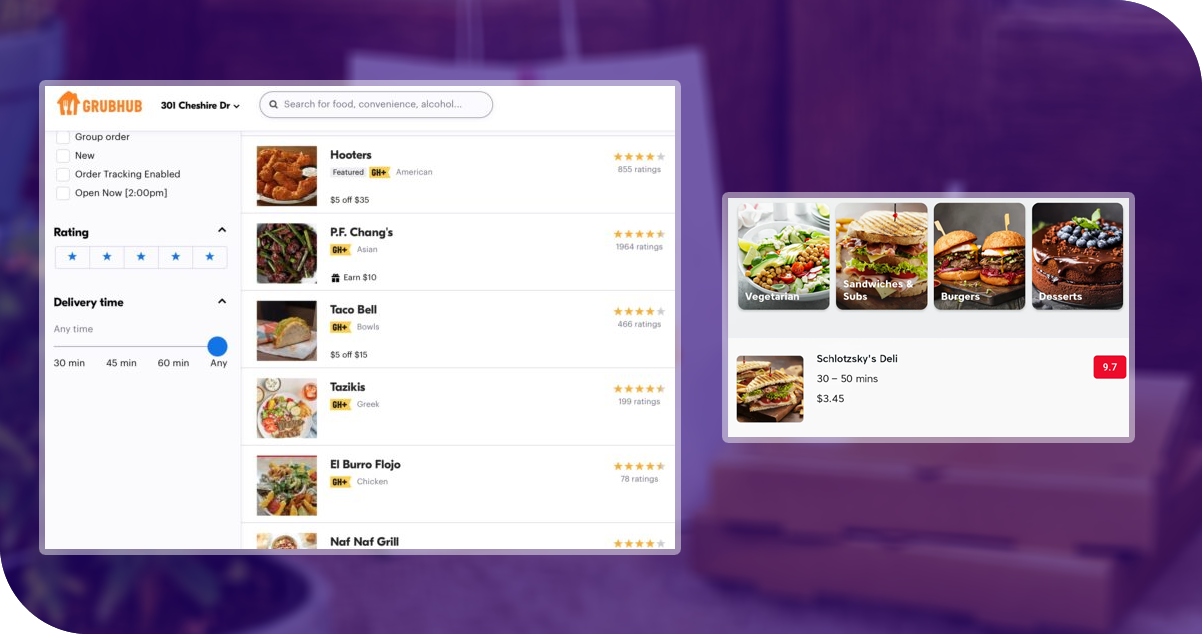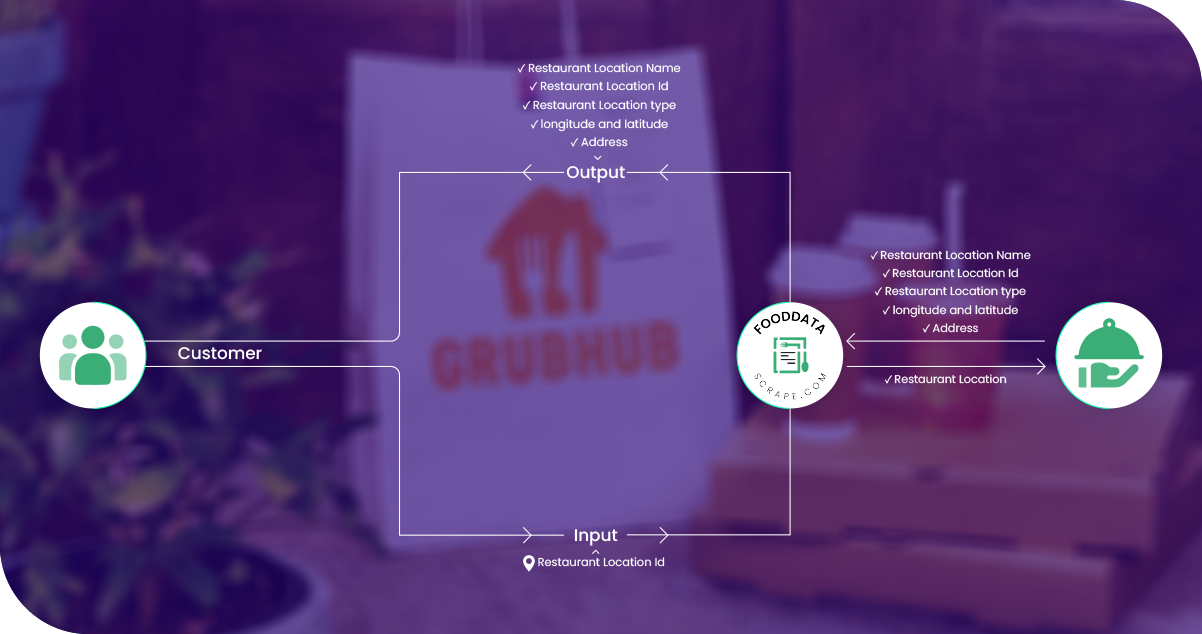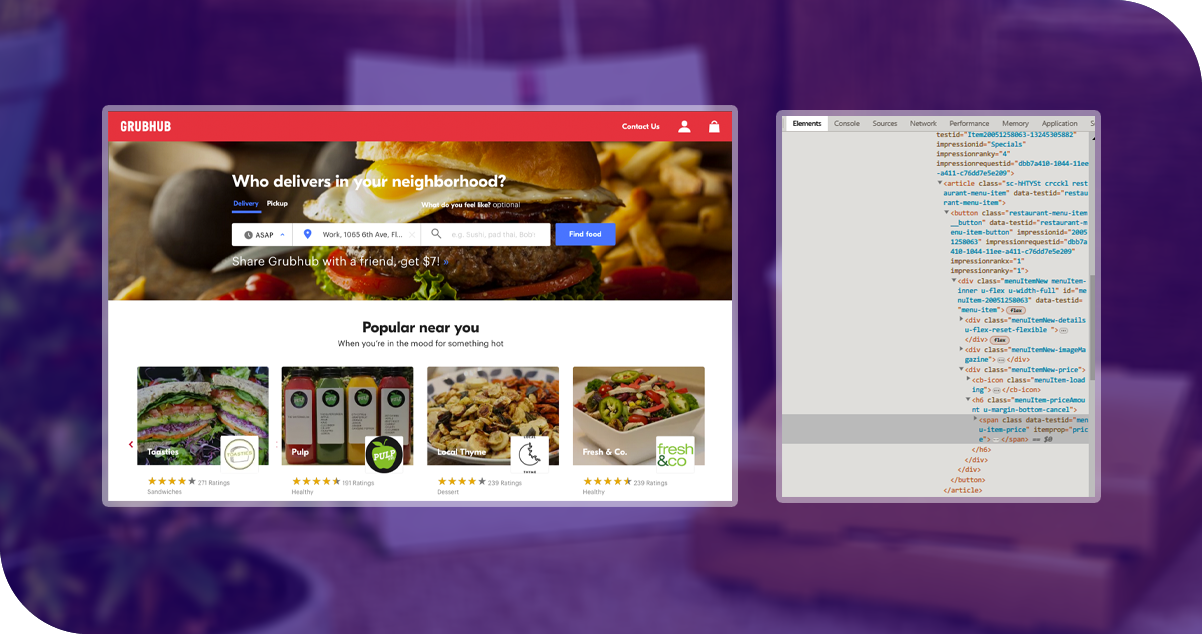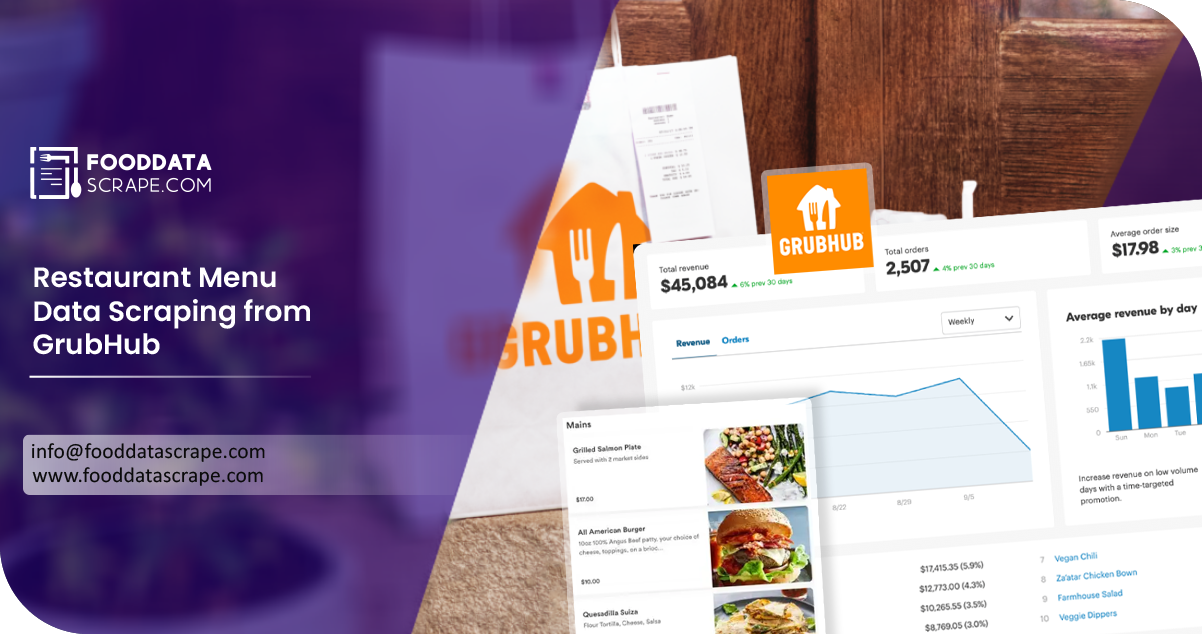The Client
Our client had a renowned restaurant business with both an online and offline presence. Our client approached us to perform data scraping on multiple restaurant websites to increase the restaurant offerings by adding highly demanding items to their menu lists, increasing the accuracy of menu information on its platform, and gathering insights to inform business strategy.
Key Challenges

While setting up the process to scrape restaurant menu data from GrubHub, we encountered the following challenges:
We found variations in website structures and coding, making it difficult to extract data accurately.
GrubHub's anti-scraping measures and IP blocking mechanism posed obstacles in accessing and collecting the necessary data.
Different menus have inconsistencies in data formatting. Hence, it became crucial for us to clean the data first and then normalize it.
As the restaurant websites have dynamic content with frequent menu updates, we must continuously monitor the updates to ensure that the most current data gets captured.
Major Solutions
- To perform GrubHub restaurant data scraping, we first collected all the data that helped identify popular dishes, customer preferences, etc. We highlighted popular dishes and emerging food trends on GrubHub to optimize our client's menu offerings.
- Our Grubhub food delivery data scraping service team was engrossed in scraping the menu details and comparing the prices from several different restaurants listed on GrubHub. We analyzed pricing trends and recommended adjustments to improve competitiveness.
- Next, we emphasized identifying the successful strategies employed by the competitors, including unique dish offerings and innovative pricing structures. Identified competitors with strong customer sentiment and provided insights into their successful strategies.
- We already knew that more than collecting data from restaurant menus is needed. So, we went in-depth to scrape customer reviews and ratings and collected details on customer interests in specific dishes and restaurants.
Methodologies Used

We implemented a data scraping system to extract menu data from restaurant websites and employed an automated web scraping tool, i.e., to gather restaurant data. The process involved the following steps:
Website Identification:We identified the GrubHub restaurant's websites from which we wanted to scrape the menu data.
HTML Parsing: Then, we retrieved the HTML content of the webpages using a web scraping framework.
Menu Element Identification: Next, we analyzed the web pages' HTML structure to find the specific menu information elements. We performed it by inspecting the page source code and identifying the HTML tags having menu items, prices, descriptions, etc.
Data Extraction: Then, we extracted the desired menu data and performed cleaning to ensure consistency and accuracy.
Storage: We then stored the data in a structured format and delivered it in CSV format per our client's demand.
Advantages of Data Collection Using Food Data Scrape

Experience & Expertise: Our restaurant menu data API scraping has proven track records in web scraping, and we possess in-depth knowledge of several scraping tools and techniques.
Scalability & Efficiency: Our Grubhub Food Delivery Scraping API Services can easily handle large-scale scraping projects and efficiently extract data from numerous websites
Data Quality & Accuracy: As data accuracy is crucial in web scraping, we use robust data validation processes to ensure the accuracy and consistency of the scraped data.
Compliance & Ethics: All the scraping processes are highly compliant with legal requirements and ethical standards, respecting the website's terms of service, privacy policies, and copyright laws.
Customization: Our scraping projects can meet individual scraping needs, adapting to different website structures, data formats, and scraping complexities.
Real-Time Updates: The data scraped are delivered promptly, making the most updated information available.
Final Outcome
Our client implemented the recommendations provided by us, and the outcomes we observed throughout six months:
- There was an increased customer satisfaction ratio and positive sentiment toward their menu offerings.
- It increased the level of competitiveness by making strategic pricing adjustments.
- They expanded into new locations having high customer demand.
- Based on the customer feedback, they increased operational efficiency and service quality.
























































































